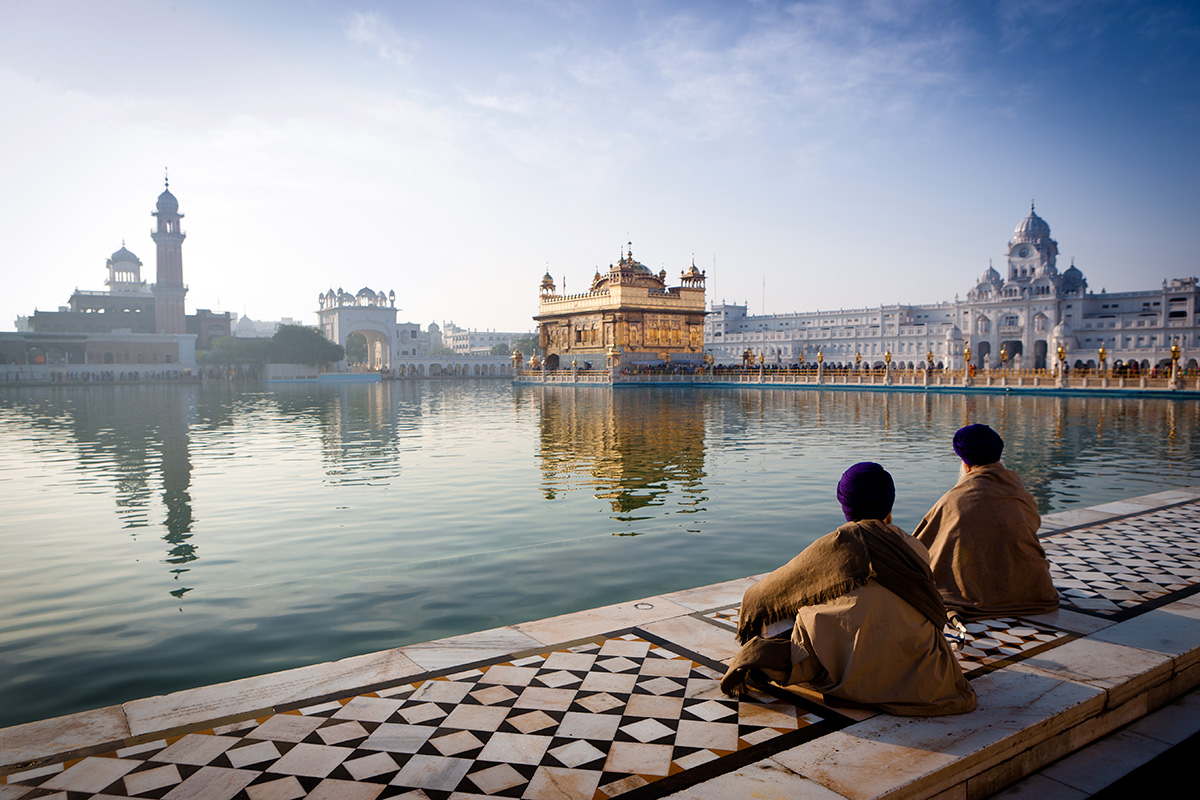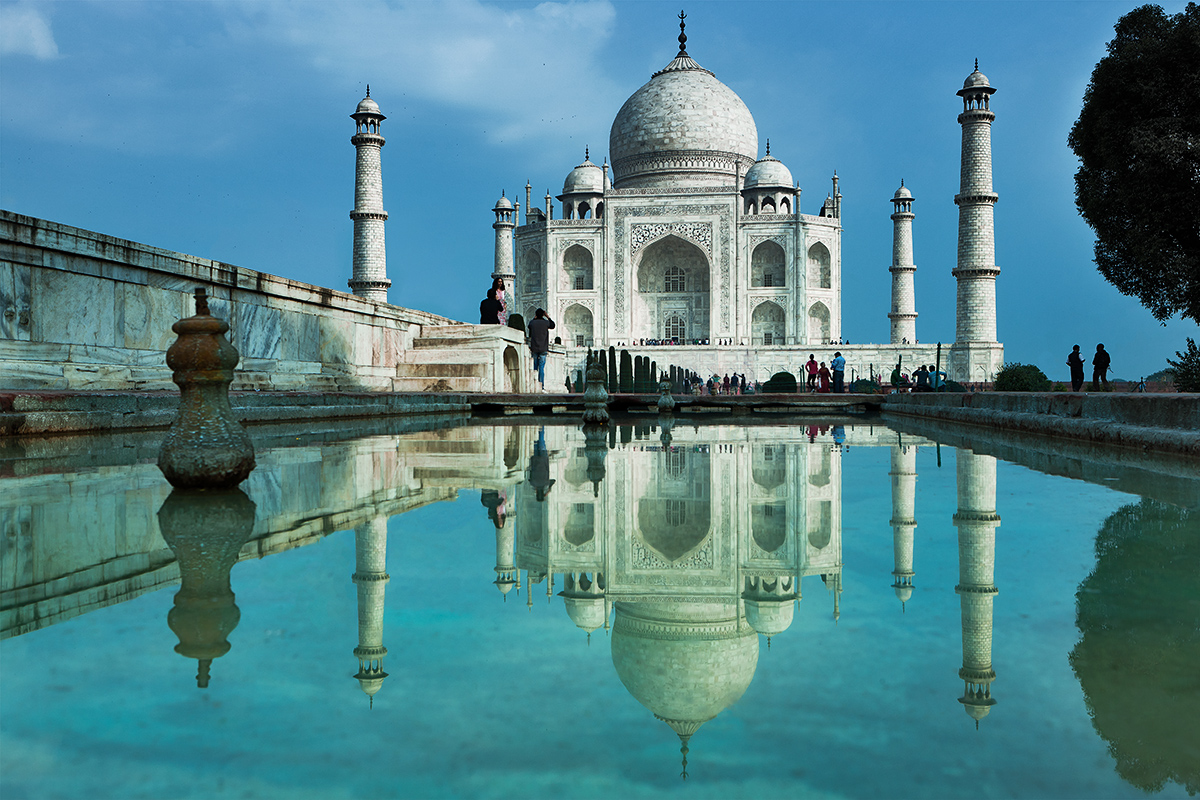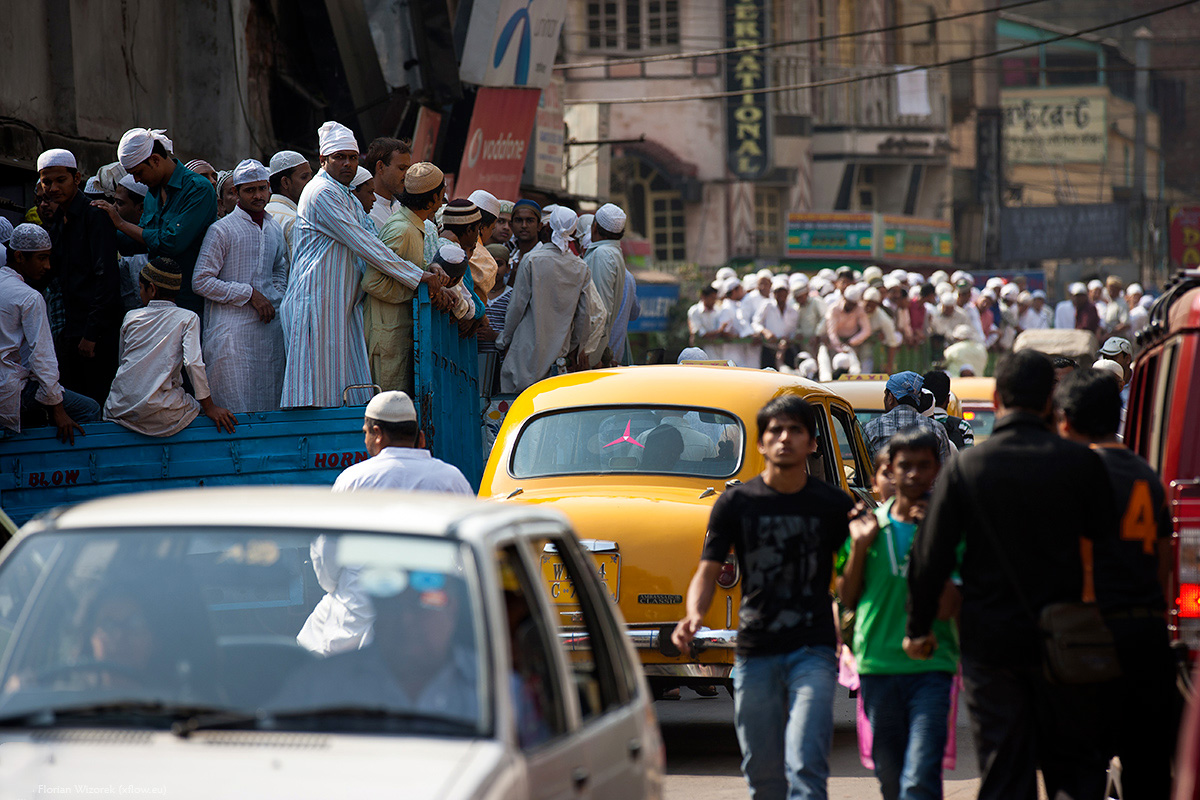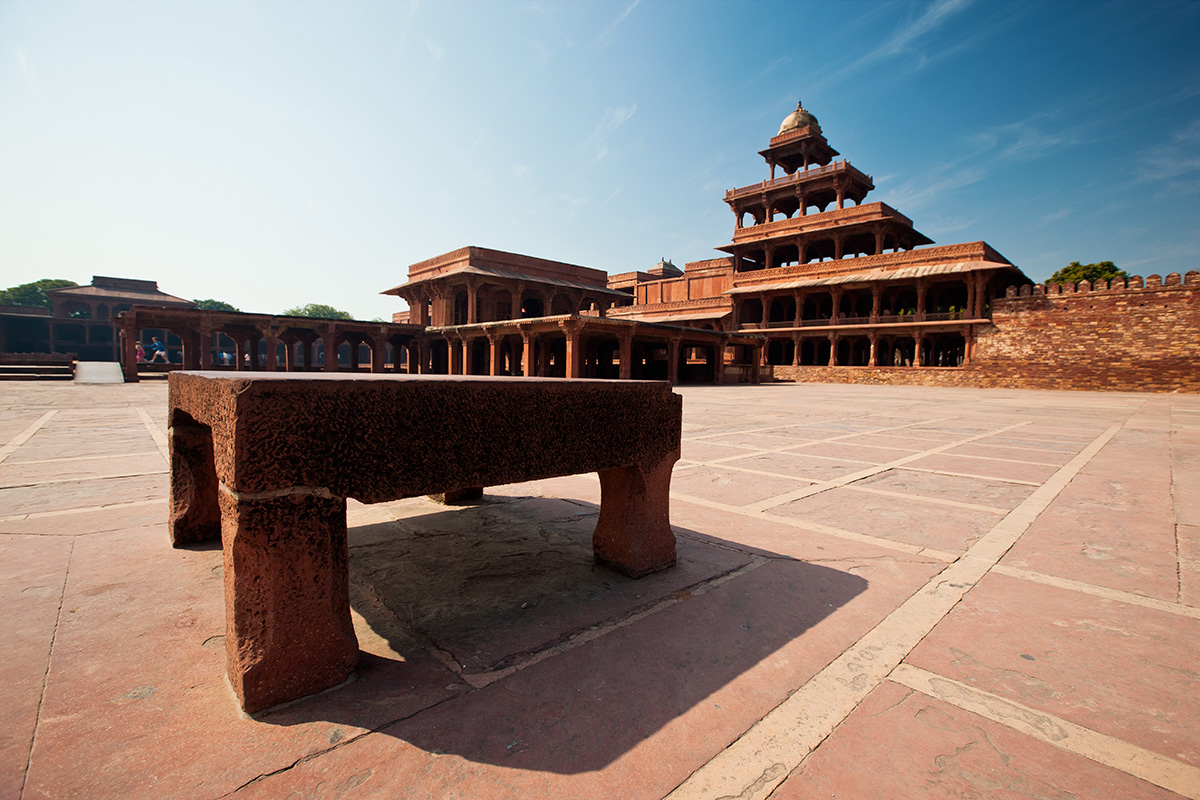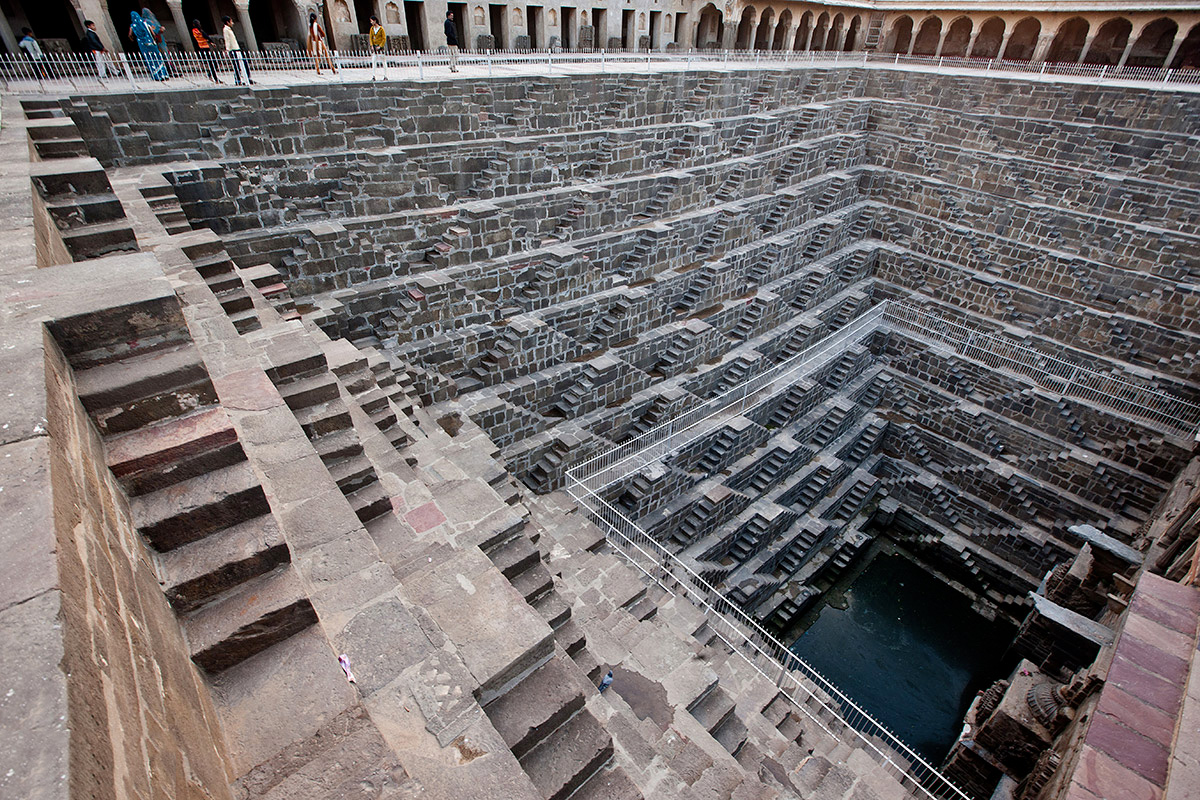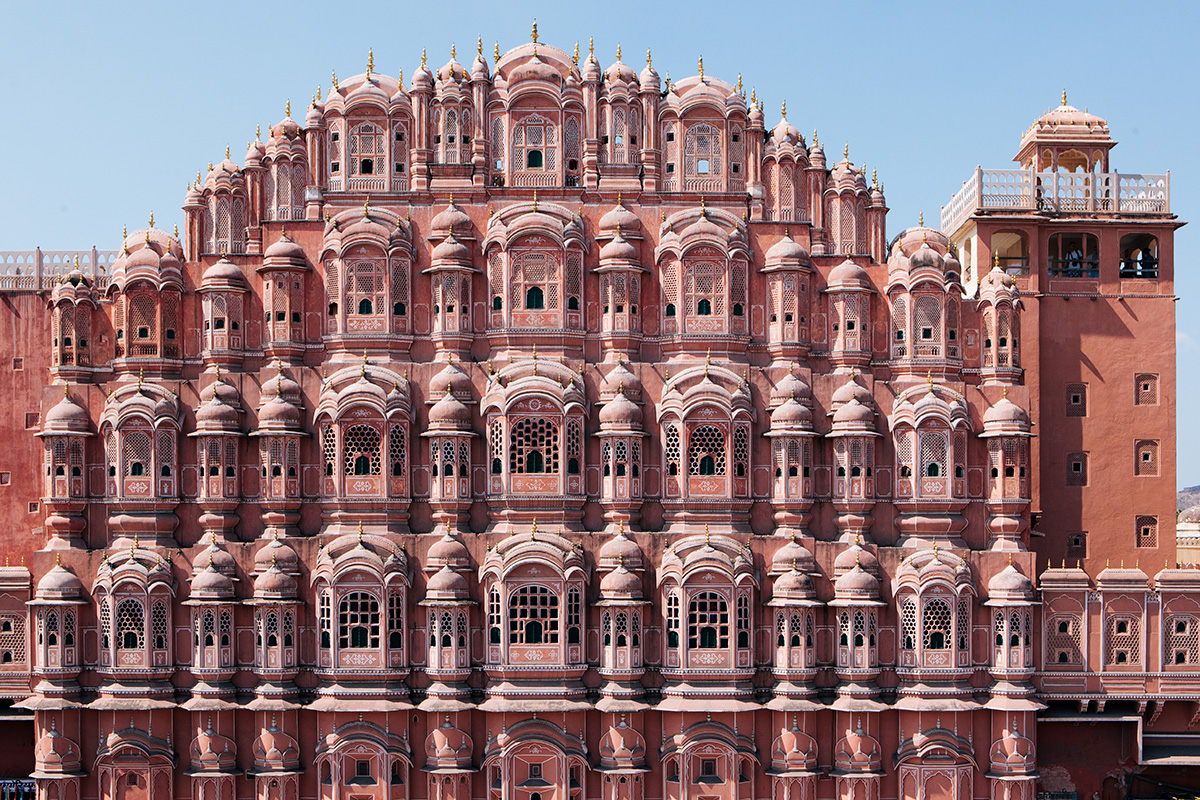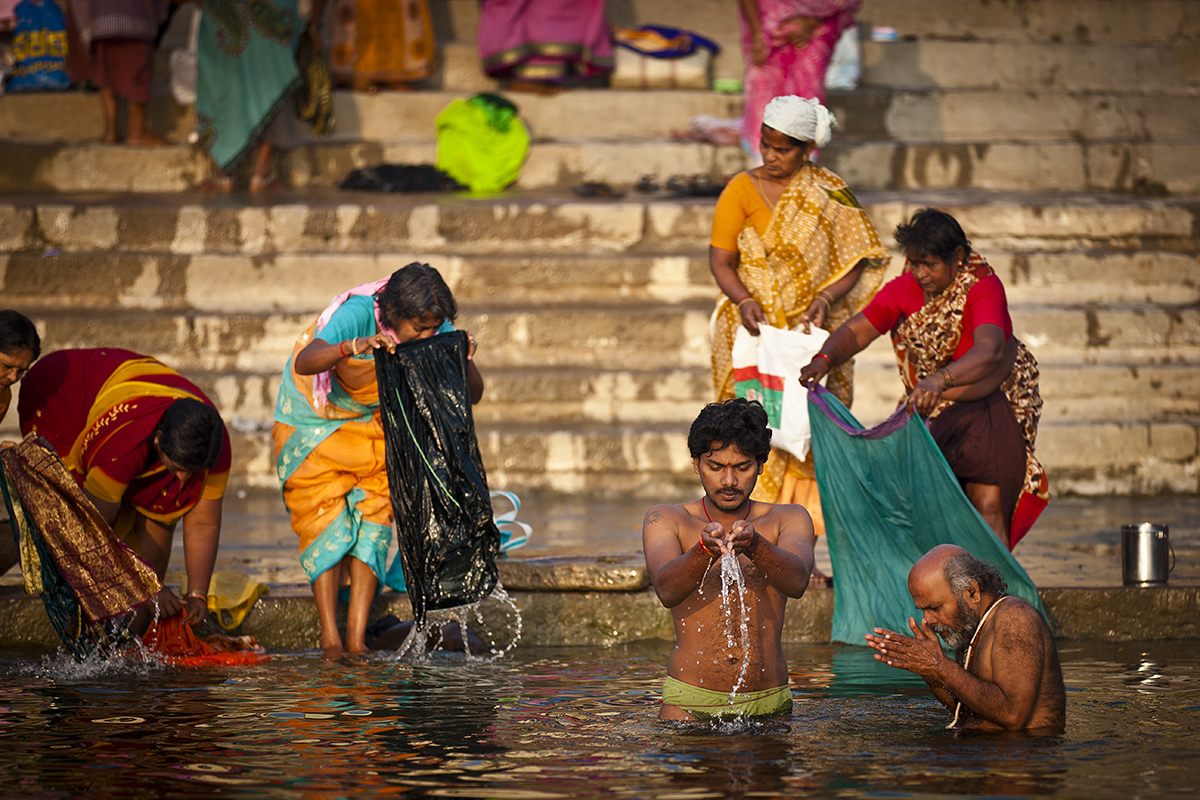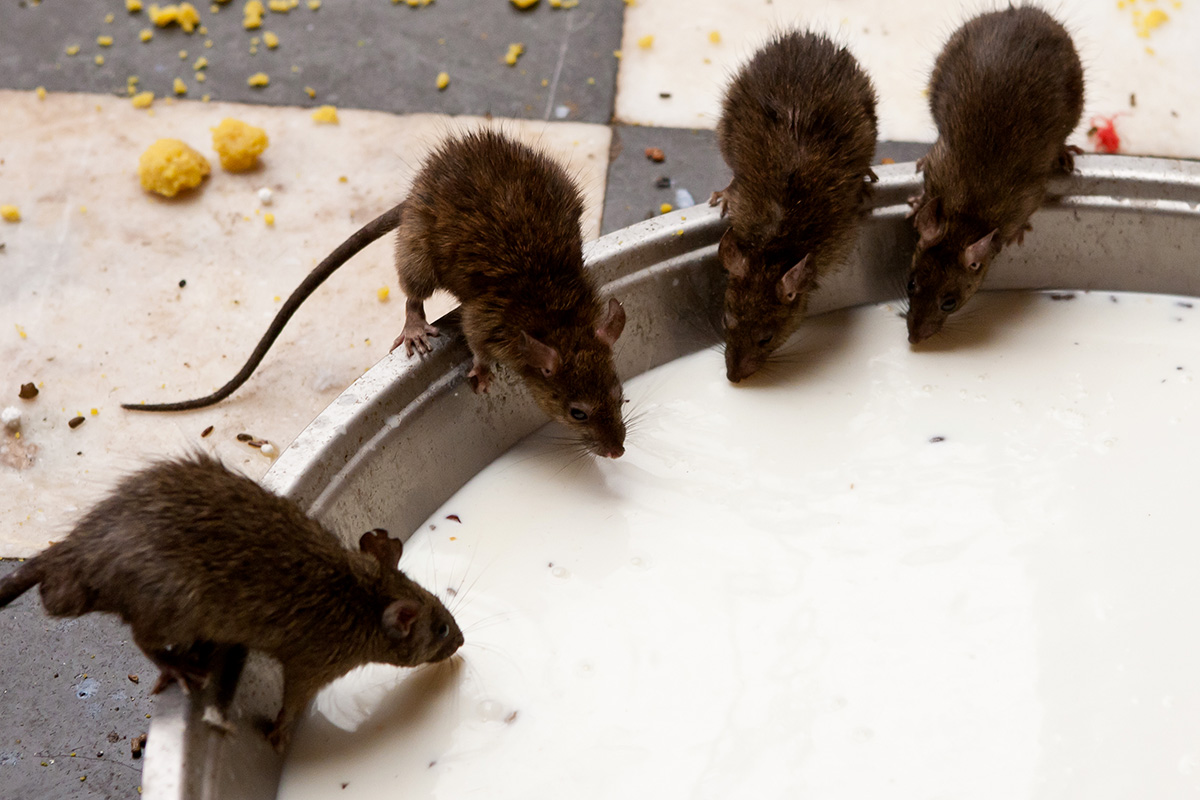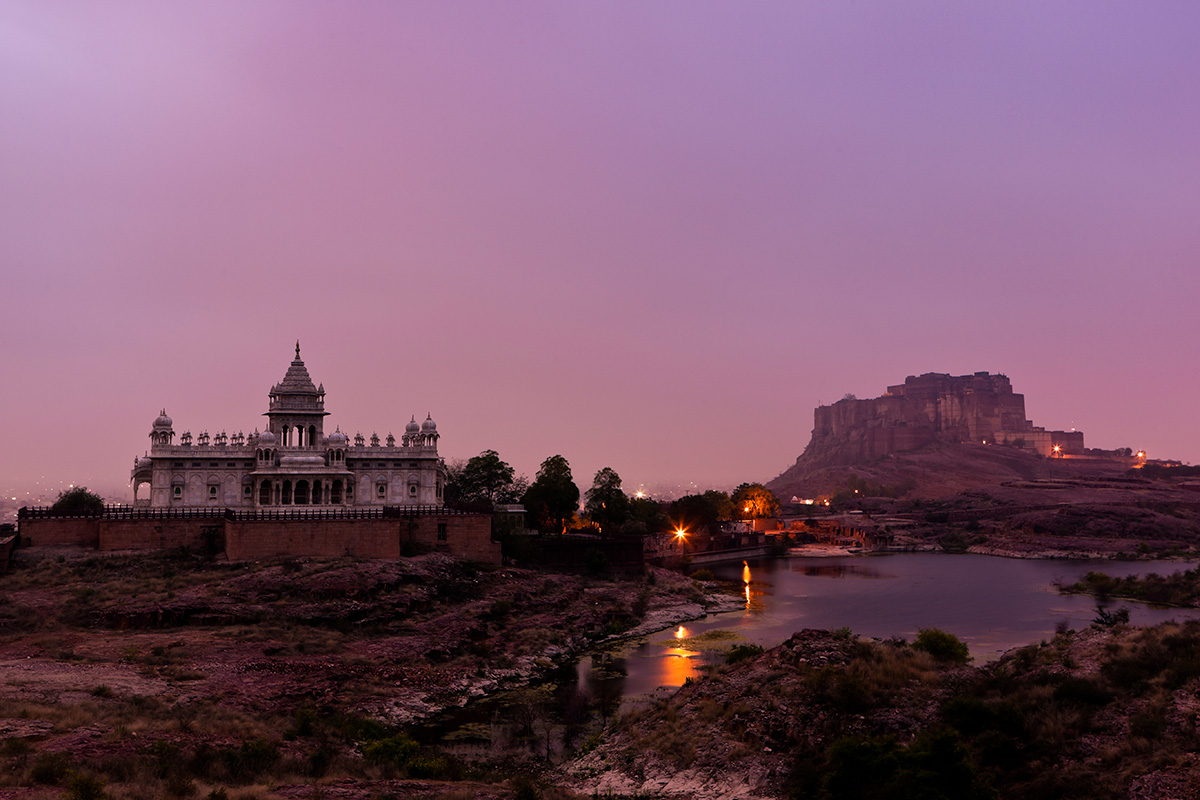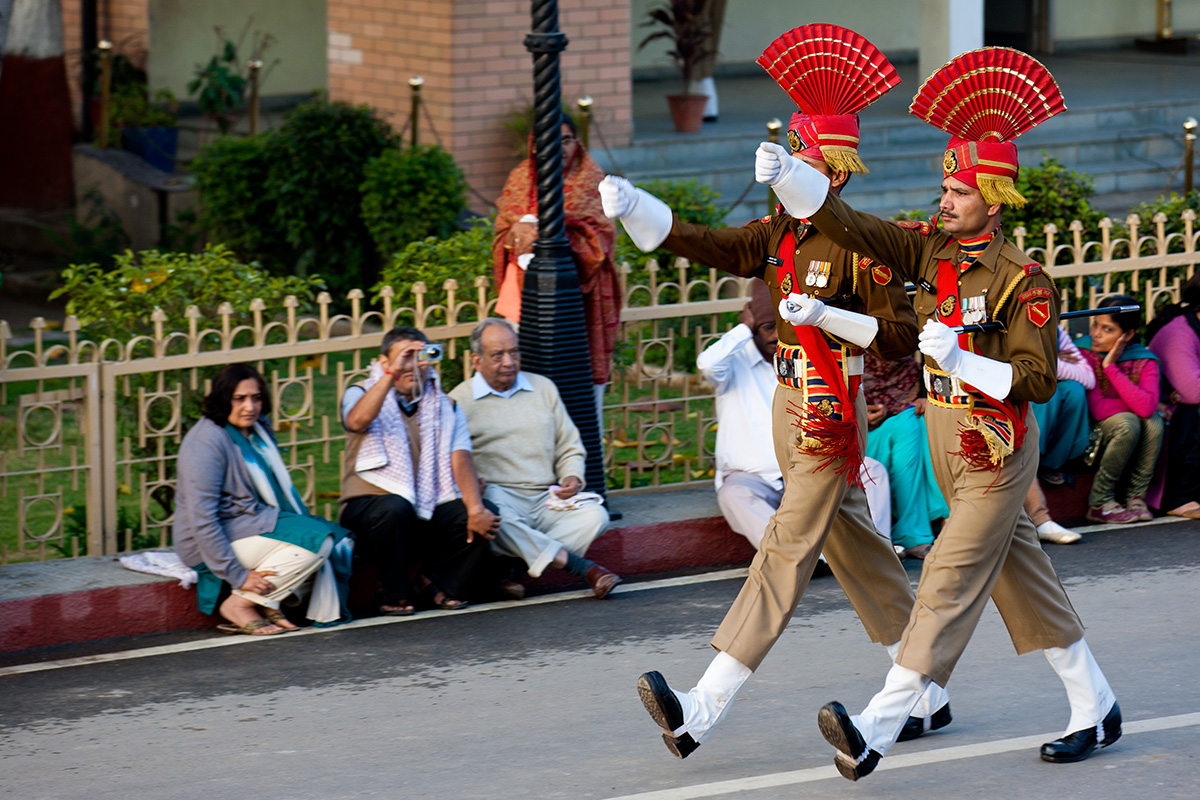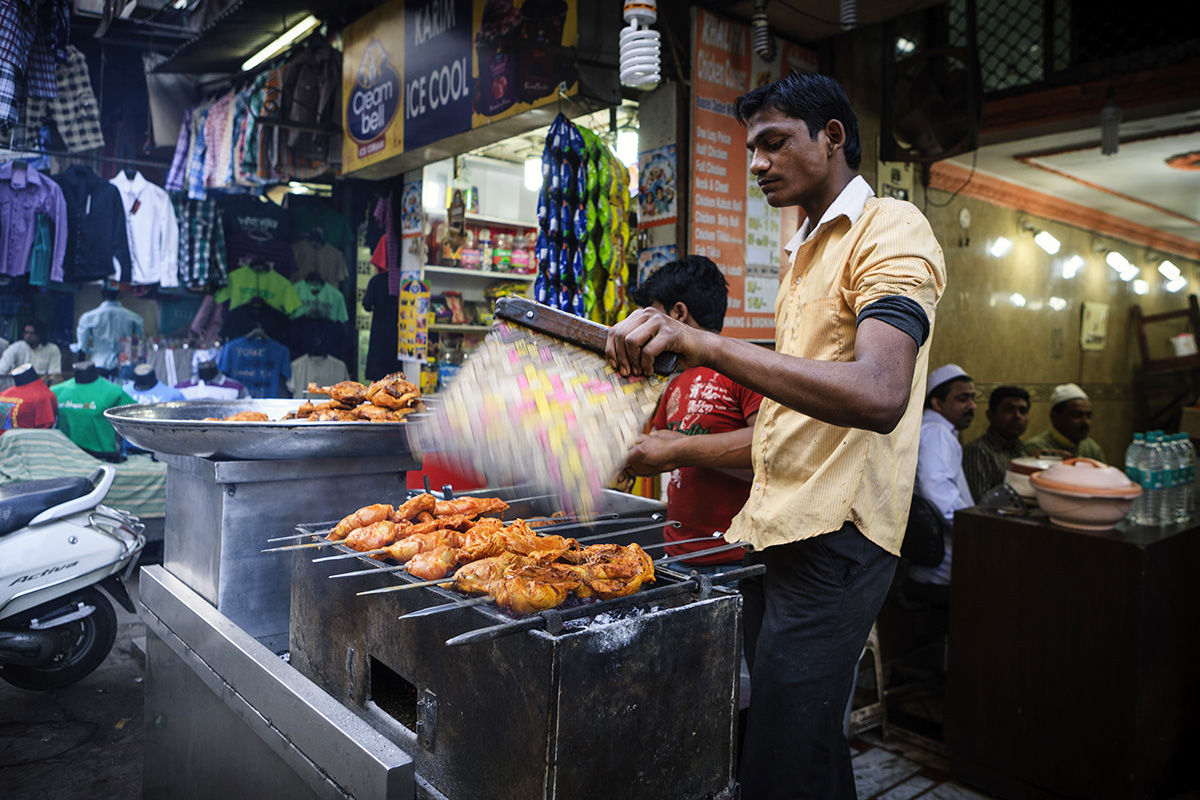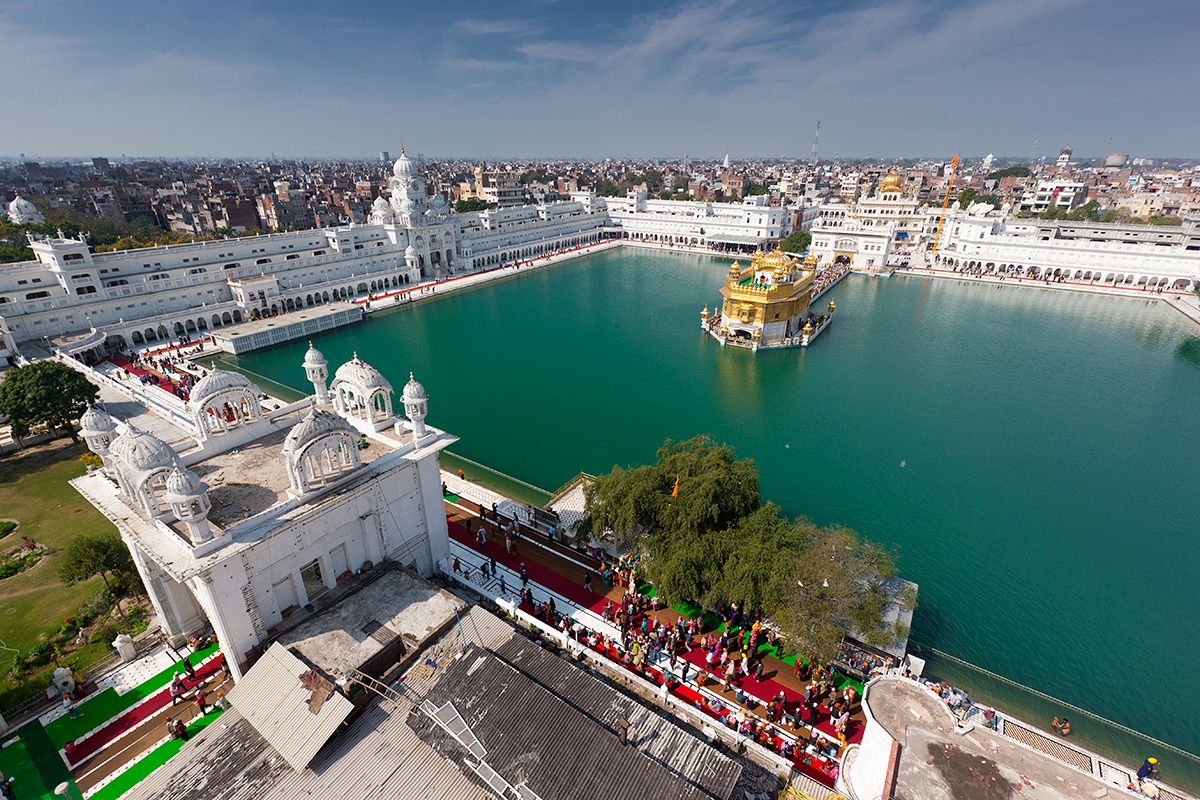Shiva’s Empire of Contradictions – An Eye on North India
The Indian subcontinent stands for long distances, is home to millions of people and was once the cradle of a unique early civilisation. In particular the dynasty of the Great Moguls and their sophisticated comprehension of Indo-Islamic culture and architecture formed the country. On a more than four thousand kilometres long journey through North India sights are literally lining the streets. Starting in Calcutta, the journey lead to the sacred city of Varanasi and further on to Indian classics such as the Agra-based Taj Mahal or Fatehpur Sikri, the abandoned former capital of Great Mogul Akbar. In the West scenery is getting more and more meagre, though the wealth of cultural treasures is still on a high level, if even not higher. For example Jaipur’s and Jodhpur’s world of palaces and forts gives an idea how highly developed India’s civilisation once was. The ride’s grand finale was a visit to Abhaneri’s superbly symmetric step well, Deshnok’s bizarre rat temple and Amritsar, home of the amazing Golden Temple and heart of Punjabstate that is bordering with Pakistan in more or less peaceful way; the special border closing ceremony being held every evening near Amritsar gives proof of that.
One thing in the beginning: I have seen many places and countries in the world; I met hundreds of nice people and experienced lots of different situations. I am thankful for that, but India turned all things upside down within one week only and if there wouldn’t have been normal people sharing their food with me on the night train while trying to make first contact in broken English, then I surely would have packed my stuff quite quickly again to go back home as the experiences I made while travelling as part of the Indians were quite extreme and unhygienic. The phrase “few culture and lots of shock” nails down everything as the former Indian high civilisation once might have been outstanding, its memory and all things called cultural-social values connected with that are nowadays not a part of everyday life though; everyone is just trying to survive somehow. No other country in the world can be so unbelievably dirty and unhygienic but also at the same time rich of cultural goods and culinary gems like India. More about that and of course also lots of positive things are told in the following articles. Please also take my article about travel experiences into consideration as there I am getting to the bottom of some social impressions as well as my partial choice of harsher words.
